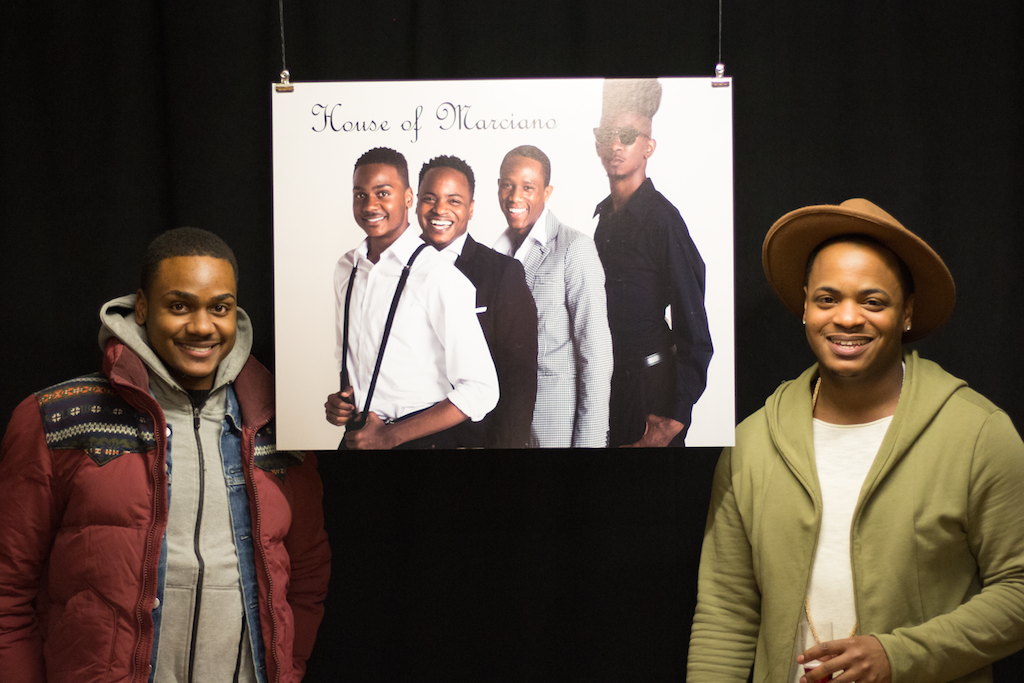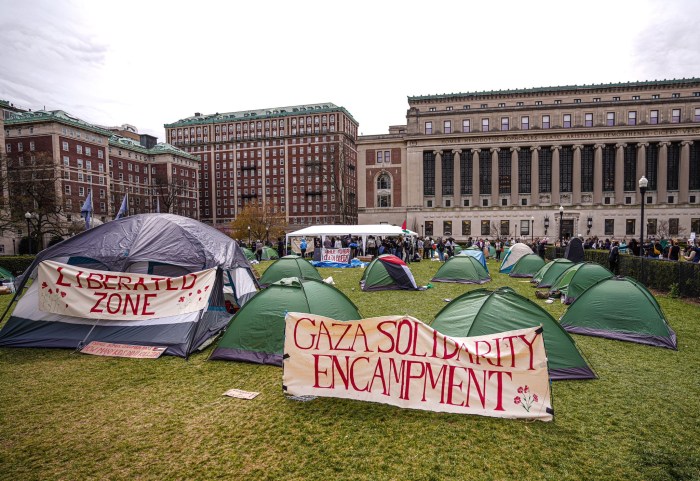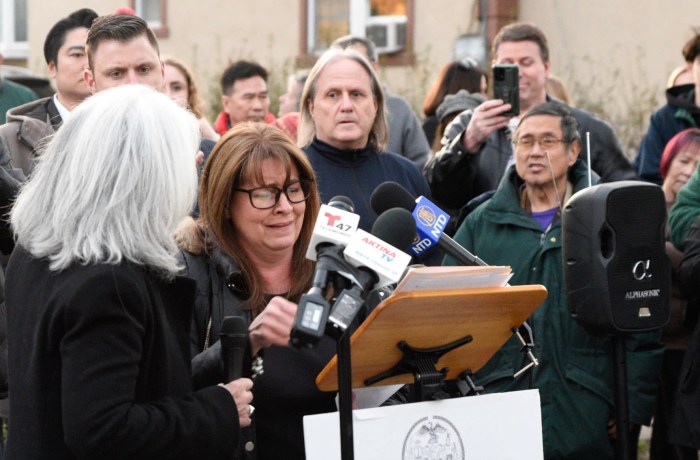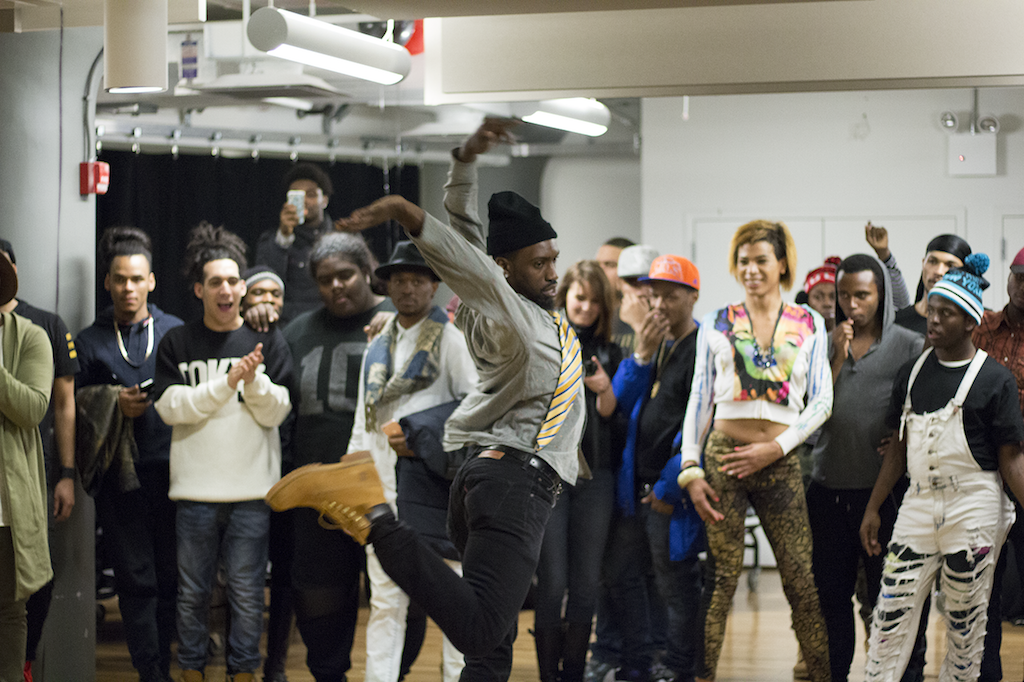
BY CODY BROOKS | The youth of the L.G.B.T.Q.-centered Kiki House and Ballroom community hosted a calendar release party at The Door in Tribeca last Wednesday, showcasing photos from their first-ever 18-month fashion calendar.
The release party and calendar, entitled “This Is What I Wanna See,” is part of an ongoing effort by the Kiki community to encourage youth of all genders to accept and cultivate themselves. The calendar features L.G.B.T.Q. youth modeling in outfits ranging from blazers and white-collared shirts to fantastical outfits adorned with feathered MetroCards.
The Kiki community was designed as a place for youth to experience drag and ballroom culture without the competitiveness of adult houses. Indeed, at the release party, they would break out into dancing with the background music, shouting in rhythm, “You gotta have self-esteem!”
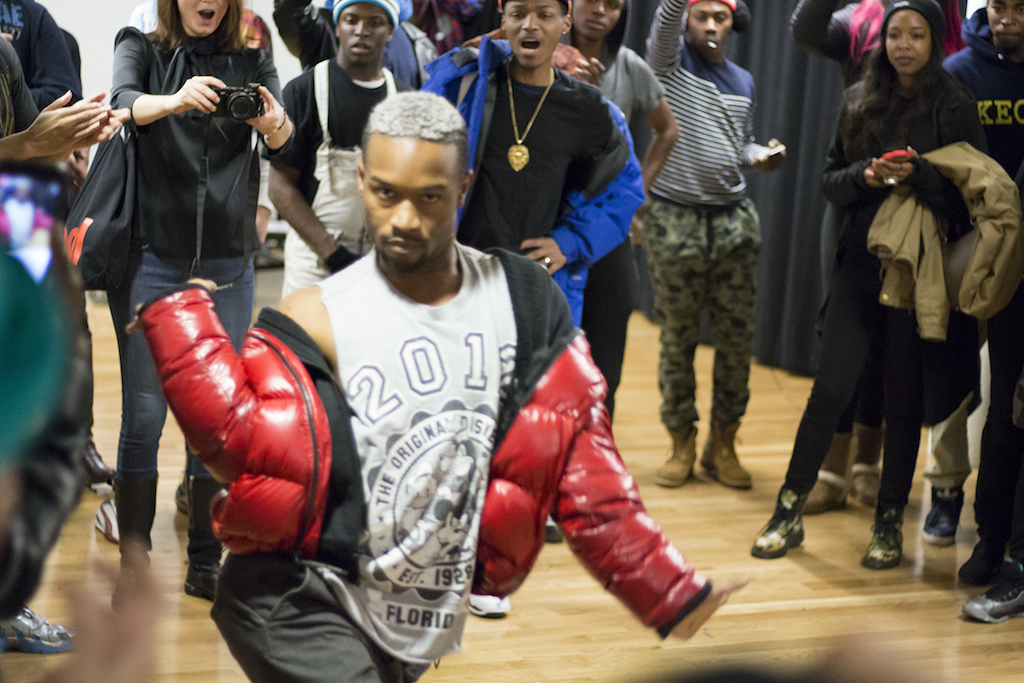
Most of the Kiki youth are from at-risk families from the Bronx and Brooklyn, with some from Queens and New Jersey. A few are dealing with homelessness. The gala environment, complete with plates of cheese and “wine” — sparkling cider — provides a vastly different setting for them.
The release party was set up thanks to the help of the Hetrick-Martin Institute, a nonprofit dedicated to supporting L.G.B.T.Q. youth from ages 13 to 24. Program Manager Ricky Love noted that H.M.I. provides not just a physical space but also services, such as counseling, free H.I.V. testing, and a bed, if a homeless youth has nowhere to go.
“I even have a whole stack of MetroCards in my pocket, just in case someone can’t get home,” Love said with a smile.
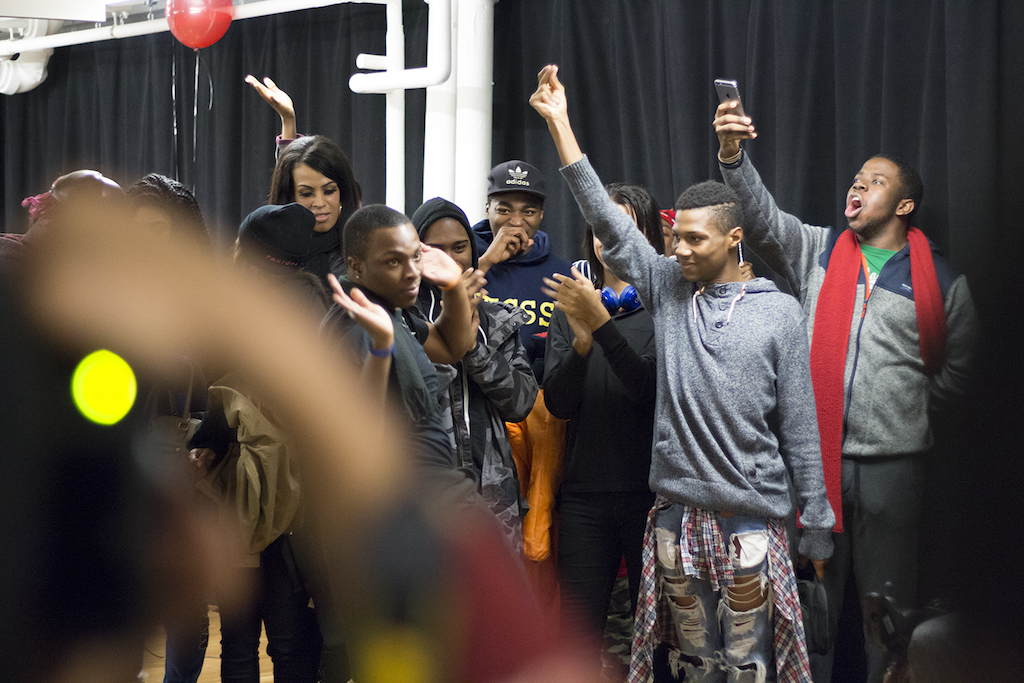
The ballroom culture, in general, is a collection of various groups, called houses, that compete with each other in events, such as runway walks or face, and may center around specific concepts.
The various houses within the Kiki scene — such as Hua Mulan, House Marciano and The MPowerment Project — touch on the various issues the L.G.B.T.Q. youth face. MPowerment is an H.I.V.-prevention and intervention house, and Marciano encourages its members to stand “elite…in their individual lives.” The Royal House of Old Navy encourages its members to believe in “dedication, greatness and respect,” with family and community service as focal points.
The idea of the Kiki community was formed in 2003 as an offshoot of the more competitive ballroom drag scene, in which adults compete for cash prizes. The idea of a community for L.G.B.T.Q. youth to experience the drag and ballroom environment was cultivated throughout the years by organizations such as H.M.I., which structured Kiki to be a nurturing scene in which youth have access to proper care and mentorship.
